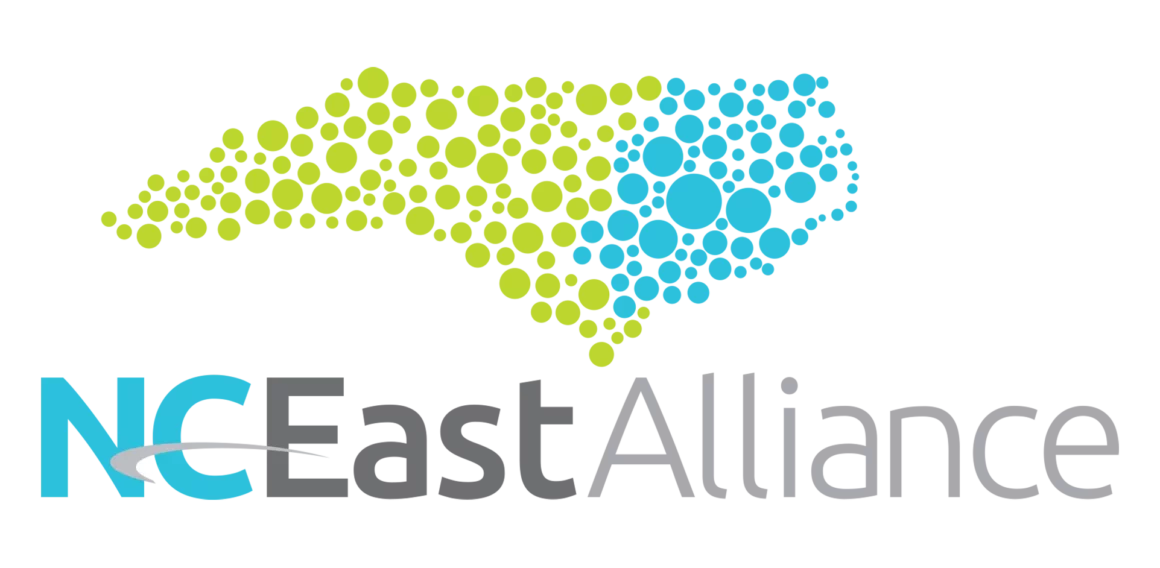Report shows visitor spending supports 3,067 jobs in local economy
A new National Park Service (NPS) report shows that 3,162,855 visitors to to the Outer Banks Group of national park sites in 2016 spent $197.7 million in communities near the park. That spending supported 3,067 jobs in the local area and had a cumulative benefit to the local economy of $247.6 million.
“Cape Hatteras National Seashore, Fort Raleigh National Historic Site, and Wright Brothers National Memorial welcomes visitors from across the country and around the world,” said Superintendent David Hallac. “We are delighted to share the story of these places and the experiences they provide. National park tourism is a significant driver in the national economy, returning more than $10 for every $1 invested in the National Park Service, and it’s a big factor in our local economy as well. We appreciate the partnership and support of our neighbors and are glad to be able to give back by helping to sustain local communities.”
The national park sites within the Outer Banks Group and their individual economic impact figures are:
- Cape Hatteras National Seashore: 2,411,711 visitors spent $153,828,400, resulting in 2,359 jobs and a cumulative benefit to the state economy of $191,709,500.
- Fort Raleigh National Historic Site: 292,368 visitors spent $17,094,300, resulting in 277 jobs and a cumulative benefit to the state economy of $21,716,400.
- Wright Brothers National Memorial: 458,776 visitors spent $26,824,000, resulting in 431 jobs and a cumulative benefit to the state economy of $34,248,000.
The peer-reviewed visitor spending analysis was conducted by economists Catherine Cullinane Thomas of the U.S. Geological Survey and Lynne Koontz of the National Park Service. The report shows $18.4 billion of direct spending by 331 million park visitors in communities within 60 miles of a national park. This spending supported 318,000 jobs nationally; 271,544 of those jobs are found in these gateway communities. The cumulative benefit to the U.S. economy was $ 34.9 billion.
According to the 2016 report, most park visitor spending was for lodging (31.2 percent) followed by food and beverages (27.2 percent), gas and oil (11.7 percent), admissions and fees (10.2 percent), souvenirs and other expenses (9.7 percent), local transportation (7.4 percent), and camping fees (2.5%).
Report authors this year produced an interactive tool. Users can explore current year visitor spending, jobs, labor income, value added, and output effects by sector for national, state, and local economies. Users can also view year-by-year trend data. The interactive tool and report are available at the NPS Social Science Program webpage: go.nps.gov/vse.
The report includes information for visitor spending at individual parks and by state.
To learn more about national parks in North Carolina and how the National Park Service works with North Carolina communities to help preserve local history, conserve the environment, and provide outdoor recreation, go to www.nps.gov/northcarolina.
